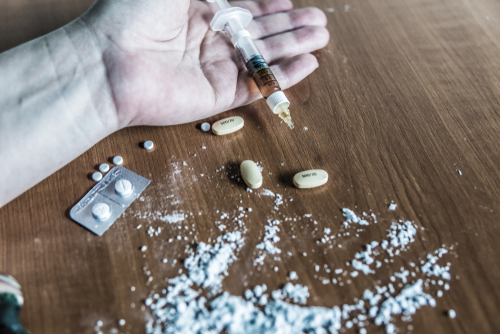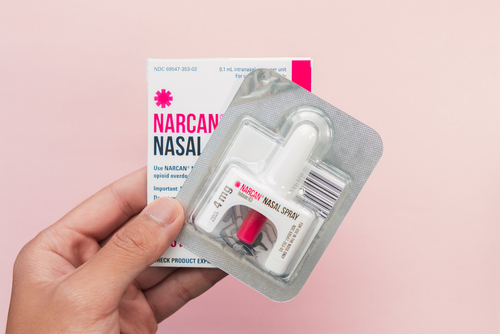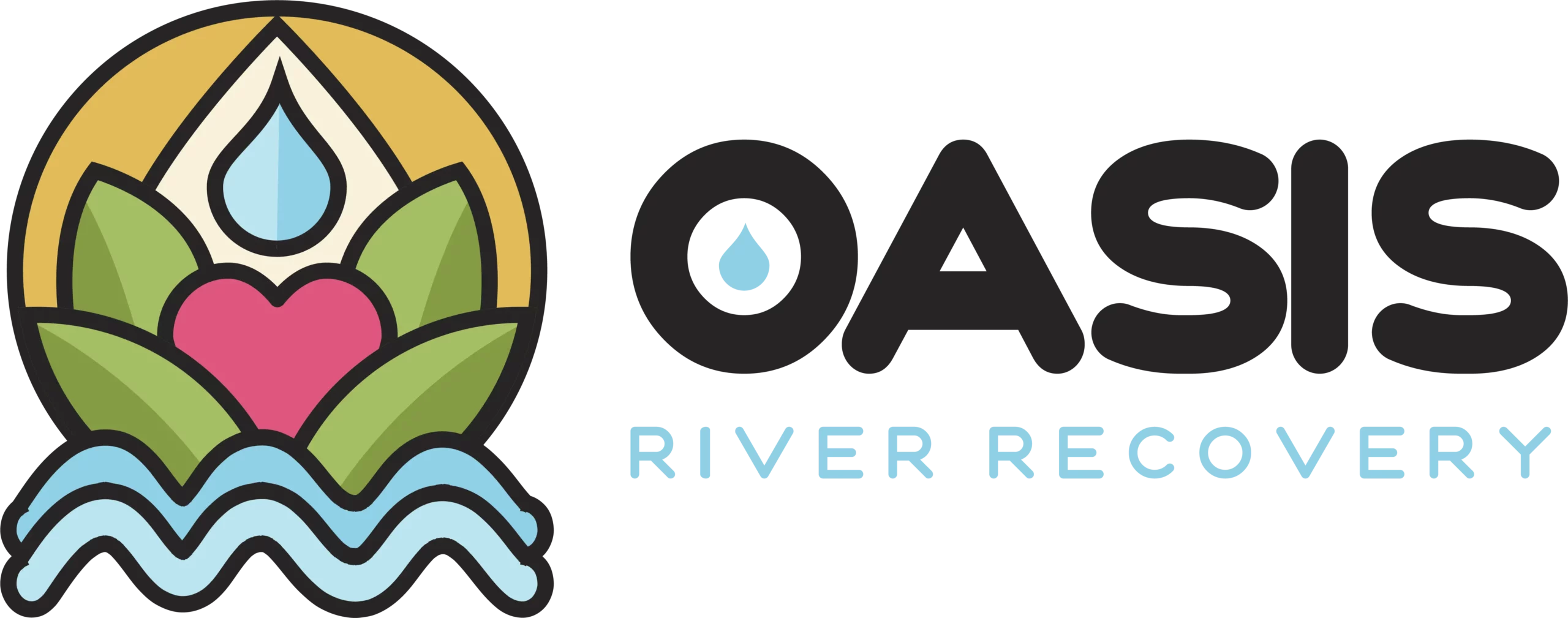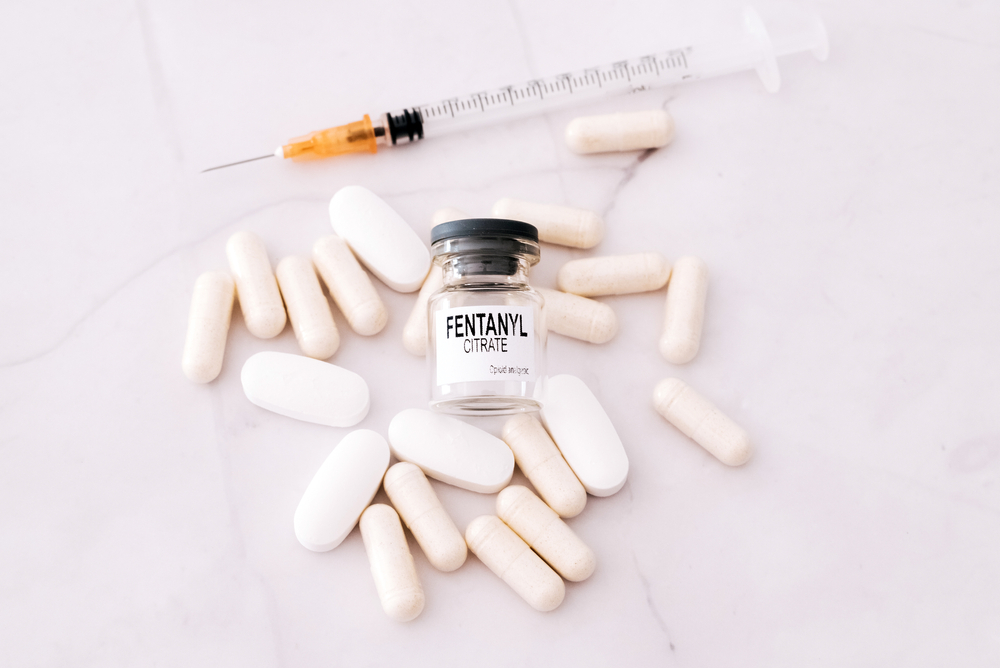If you’re searching for fentanyl addiction treatment, this article is for you. We’ve compiled everything you need to know about this dangerous substance, including its side effects, duration, and how fentanyl addiction treatment works. Once you finish this blog, we hope you’ll feel more comfortable and prepared when you call or walk into an addiction treatment center.
What Is Fentanyl?
Fentanyl is a synthetic opioid medically prescribed to people with severe pain, either from an invasive surgery or advanced-stage cancer pain. Fentanyl is odorless, tasteless, and 50 times stronger than heroin and 100 times stronger than morphine, making it one of the most potent opioids on the street. It’s unusably prescribed to patients as tablets and transdermal patches.
However, it’s illegally sold in liquid and powder forms and has been found mixed into other drugs like cannabis. Some illicit drug manufacturers design fentanyl to appear as other opioids, such as heroin, and prescription medications, like oxycodone, to spread out their product and increase euphoric effects. In just one year, between 2021 and 2022, fentanyl was involved in over 105,000 overdose deaths in the U.S.

How Long Do Effects Of Fentanyl Last?
The effects of fentanyl can last between four to six hours, taking around 15 to 30 minutes to kick in orally and one minute to kick in when taken intravenously (injected). Fentanyl patches are slower-acting and not as powerful as injections but can last up to two days since it’s medically prescribed for long-term pain.
Fentanyl has a half-life of around three hours, which is longer than heroin but shorter than morphine, making it the perfect for dealers to sell cheaper product that lasts longer and brings back more buyers. However, the shorter half-life is why withdrawal symptoms kick in quicker, causing users to keep using every 5 to 6 hours to keep the euphoria going.
Side Effects Of Fentanyl Addiction
Since fentanyl is much stronger than heroin and morphine, its side effects are more intense and last longer. The usual desired effects of fentanyl are relaxation and euphoria. But it’s also known to cause:
Headaches, dizziness, drowsiness, confusion, disorientation, and blurry vision.
Physical discomfort, including itching, constipation, nausea, and vomiting.
Slowed or irregular breathing, sedation, seizures, shaking, poor balance, and fainting.
Worsened mental health issues, including depression, mood swings, anxiety, low motivation, and irritability.
Worsened sleep-wake cycle, including oversleeping, irregular napping, and insomnia.
Worsened self-care, such as neglecting hygiene, exercising, and eating proper meals.
Worsened symptoms of schizophrenia include tactile, visual, and auditory hallucinations, paranoia, delusions, and agitation.

How Does Fentanyl Addiction Treatment Work?
Fentanyl addiction treatment can be split into three phases: detox to remove fentanyl from your system, addiction treatment to explore behavior and thoughts, and aftercare to maintain stability and recovery skills.
Detox: Quitting fentanyl on your own after developing opioid use disorder is extremely dangerous. Withdrawal symptoms from fentanyl include severe cravings, vomiting, diarrhea, muscle spasms, bone and joint pain, insomnia, and increased and irregular heartbeat. Detox centers typically have private or semi-private rooms where clients are monitored by doctors, nurses, and other detox specialists. These professionals administer withdrawal medication and essential nutrients that may be lost due to dehydration and vomiting.
Addiction treatment: Most addiction treatment centers offer multiple levels of care, including partial hospitalization, the most structured program after inpatient treatment, and intensive outpatient treatment, which is more flexible. Addiction treatment usually involves a combination of individual counseling sessions with an addiction specialist and group therapy sessions to learn new perspectives and coping strategies from others. However, select addiction treatment centers offer more holistic and experiential types of therapy, such as yoga, music, art, and adventure therapy.
Aftercare: Aftercare usually involves weekly therapy sessions, alum meetings, and case management programs. Recovery doesn’t stop when you leave an addiction treatment center, and aftercare is the best way to keep yourself responsible and motivated.
Read more: Building Healthy Relationships During Addiction Recovery
What Is Narcan?
Narcan is the brand name for naloxone, a safe opioid antagonist that can reverse opioid overdose within a few minutes. Fentanyl can be added to any illicit substance without your knowledge, and even 2mg can be lethal and lead to an overdose, especially if the user has never had opioids before. One 2019 report found that bystanders were present in one in three overdoses involving opioids. This is why it’s important to know how naloxone works and keep test strips on hand in an emergency.

How Does Narcan Work?
There are two forms of Narcan: prefilled nasal sprays and auto-injector devices. Both can restore normal breathing in two to three minutes in individuals with slowed or stopped breathing, but some cases of fentanyl overdose have required more than one dose. The nasal spray is sprayed into the nose, and the auto-injector is injected into the muscle or skin. Naloxone wears off in 20 to 90 minutes, so it’s always important to call emergency services and wait for them to arrive.
Both are easy to use and carry and can be bought without a prescription at pharmacies and stores, including Walgreens, Target, and even online. Test strips are also readily available, inexpensive, and can detect fentanyl within 5 minutes after testing. This can be the difference between life and death.
Read more: How Group Art Therapy Helps With Mental Health & Addiction
Fentanyl Addiction Treatment At Oasis River Recovery
If you or someone you know is interested in fentanyl addiction treatment, contact Oasis River Recovery in Tennessee. Our addiction treatment team is well-versed in fentanyl and its effects. Many of our staff members and specialists are on their own recovery journeys, enabling them to empathize with clients. Call today, and one of our admissions agents can provide more information about our programs, including our adventure therapy program, where you can hike, kayak, and go rafting. You don’t have to go through recovery alone, and Oasis is here to help.



